Fort Wayne and its History with Native Reservations

Anthony Wayne’s Flag
December 15, 2021THE TREATY OF FORT WAYNE
In 1809, at the military installation of Fort Wayne, the United States negotiated a treaty with “chiefs” of various tribes including the Miami and Potawatomi to transfer approximately 3 million acres of land to the United States. The actual authority of these chiefs is much in question as many seem to have been self-appointed or even US Government appointed chiefs carrying little authority with the tribes they represented.Officially this treaty is known as the Fort Wayne Treaty but unofficially it is known as the Whiskey Treaty as the natives were plied with whiskey in order to coerce their signatures to the treaty. News of this meeting is received angrily by natives who were not present as it is their land that has been signed away by treaty without their approval. The map attached illustrates the various Indian Reservations of Allen County, Indiana as they still existed for the later treaties of October 1818 and October 1826. 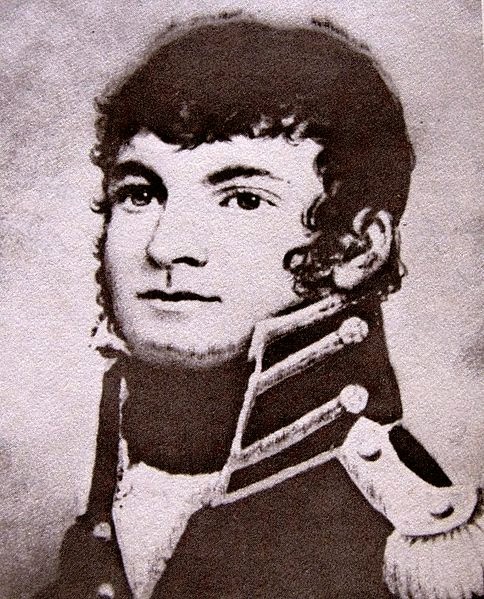
WILLIAM WELLS AND THE MIAMI INDIANS
It’s difficult to do Wells any justice in a few sentences but he was a larger-than-life character who had been captured by Miami in Kentucky as a young boy and was adopted into the Miami tribe, eventually becoming a Miami warrior. Wells must have been an intimidating sight as a battle-painted warrior with bright red hair, pale skin with his tomahawk in one hand and a scalping knife in the other. Unfortunately for many Americans, this was the last sight they would ever see. He fought against the Americans at a battle known as St. Clair’s Defeat on November 4, 1791 – in defense of the Miami homelands. Wells is said to have swung his tomahawk that day until he could barely lift his arms. The American casualty rate at St Clair’s Defeat was nearly 98% and fully one-quarter of the entire US Army was wiped out on that day. The battlefield is largely intact and can still be visited today at Fort Recovery, Ohio.Wells later switched sides to become a scout for Anthony Wayne for his 1794 campaign against the Northwest Indians. At the Treaty of Greenville, Wells was given a large tract of land near Fort Wayne as a preemption for his service. Captain Wells would then serve as an Indian Agent at Fort Wayne for several years. Wells could speak many native languages, and mainly treated the natives fairly although he was not completely trusted by either side due to his history of divided allegiances.

WILLIAM WELLS’ PREEMPTION (RESERVATION)
Near downtown Fort Wayne reservation #12 (map enclosed) was the preemption for Captain William Wells. It is from Wells and his preemption from which we draw the name Wells Street and Spy Run Avenue. Wells’ home was on his preemption, and he occupied a two-story log cabin at what is today at the rear of 1410 Spy Run Avenue in Fort Wayne. Wells was the son-in-law of Chief Little Turtle who died in July 1812. Little Turtle was interred at a small burial ground which was lost to history and unknown until 1912 when his grave was again discovered during construction of what is today 634 Lawton Place in Fort Wayne. Among his effects was a sword gifted him by George Washington – currently preserved at the Allen County History Center.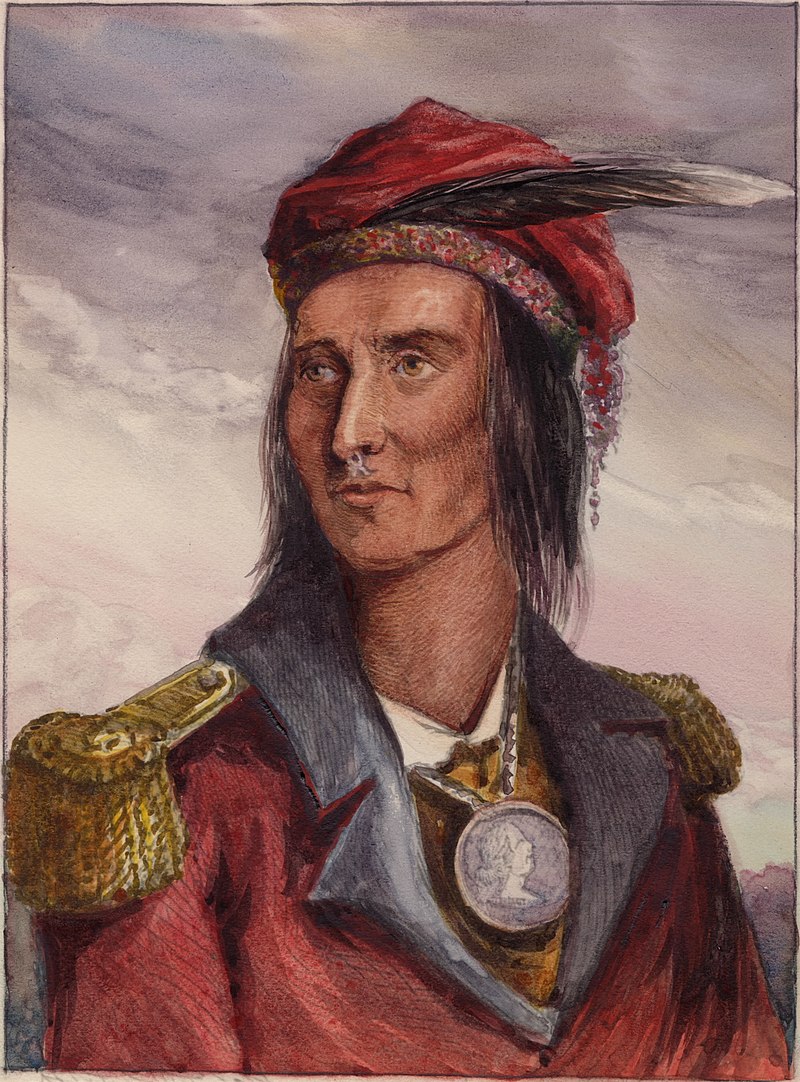
THE WAR OF 1812 COMES TO FORT WAYNE
In an 1810 meeting at Vincennes, an enraged Shawnee Chief Tecumseh tells future-President and then Indiana Territory Governor, William Henry Harrison in a speech that, “11 debt-ridden, whiskey-soaked ’treaty chiefs’ do not have the authority to sign agreements for lands they do not own or have authority over.”Tecumseh insisted that the Treaty of Fort Wayne be rescinded, and Harrison and Tecumseh almost come to blows. This will directly lead to a war between Tecumseh’s Confederacy (supported by the British) and the United States and intersect with the War of 1812. Tecumseh, in concert with the British, led attacks on US installations along the frontier. On July 18, 1812, British and native Warriors take control of Fort Mackinaw. When word reaches Wells in Fort Wayne, he feared for the installation at Fort Dearborn at modern-day Chicago.
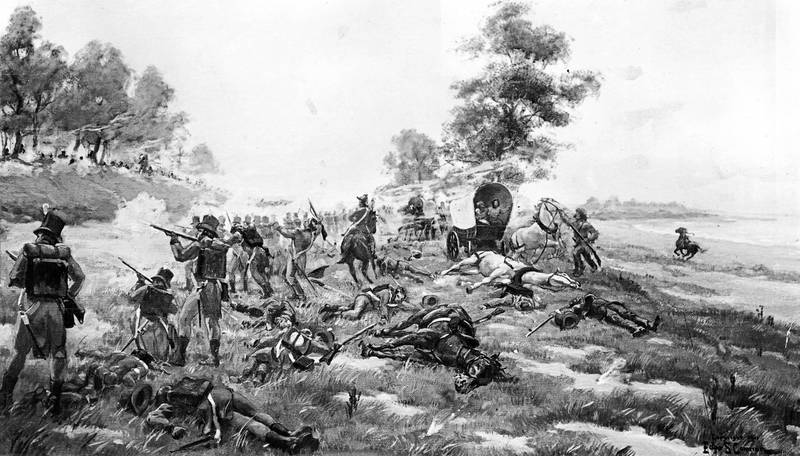
FORT DEARBORN CHICAGO – A PRELUDE TO THE SIEGE OF FORT WAYNE
William Wells quickly assembled a relief of 30 Miami warriors to march from Fort Wayne and support Fort Dearborn. Wells is seen as a traitor by the Potawatomi and is killed on August 15, 1812 while escorting evacuees from Fort Dearborn for Fort Wayne. Various accounts of his death agree that he was shot and pinned under his horse. From there the versions vary as to what happened next – whether kind words or insults were exchanged – but eventually he is killed, and some gruesome accounts say that his heart was cut from his chest and devoured by his enemies. Wells remains are interred at the Massacre site to this day .After the Siege of Fort Mackinaw and Fort Dearborn, one of the next installations to be attacked is Fort Wayne itself.
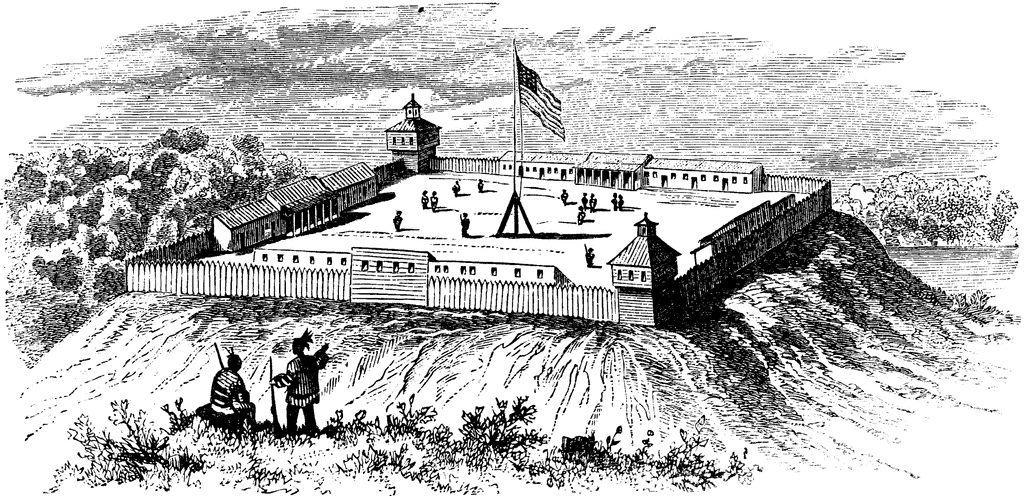
THE SIEGE OF FORT WAYNE
From September 5-12, 1812, approximately 500 warriors led by Winamac and Five Medals would lay siege to the Fort Wayne’s Garrison of approximately 100 men. Fort Commander, Captain James Rhea, immediately sent letters to ask for reinforcement.A relief force of 3,000 under William Henry Harrison, marched from Newport, Kentucky. Captain Rhea is able to get news that a reinforcement is in route and continues to hold the fort. On September 12th, knowing a relief force is approaching, Winamac is forced to break off his siege of Fort Wayne and retreat.The War with Tecumseh continued until 1813 when Tecumseh is eventually killed in Canada, and his Confederacy defeated.
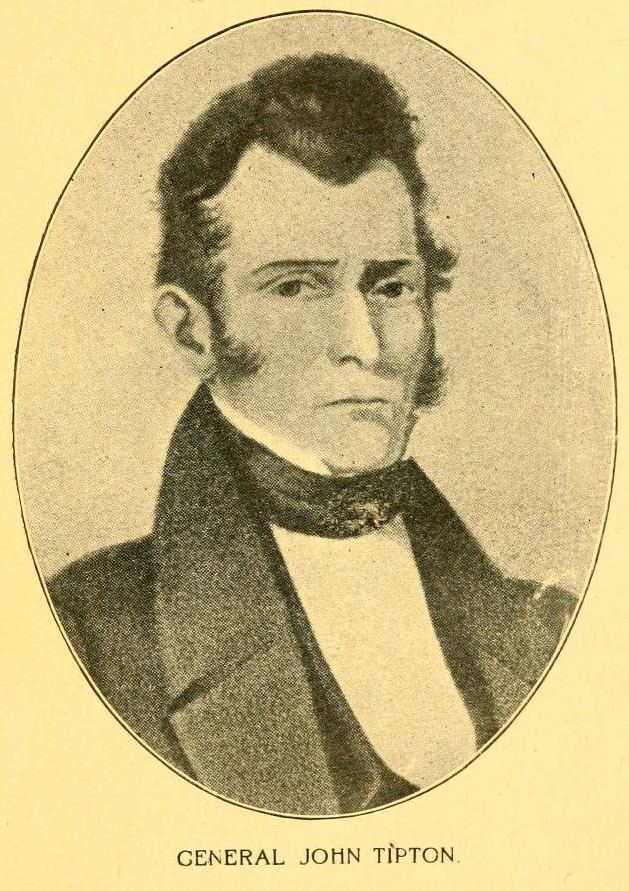
THE REMOVAL OF REMAINING NATIVES FROM THE REGION
In 1820 Andrew Jackson was elected President and his administration did not believe native and white populations could live side-by-side peacefully. In 1823, at a treaty in St Mary’s, Ohio it was designated that all the native populations would be removed to reservations in the west by August 1, 1844. The most notable removal effort was in 1838 when Governor Wallace appointed General John Tipton to round up the natives and remove them to a reservation in Kansas in what is today referred to as the Trail of Death. The trail of death was a forced march of some 600 miles and a two-month trek during December and January, to Kansas. 42 died – half of them children –in route.This was the same year in which the Cherokee were forced on the Trail of Tears from North Carolina to Oklahoma. Forcible removals continued in Indiana until 1846 when remaining natives were hunted down, their homes and villages burned and the last taken west.
Sources:
The Pictorial History of Fort Wayne, Indiana. Griswold, B. J. (Bert Joseph), 1873–1927 .
William Wells and the Struggle for the Old Northwest, William Heath, 2017.
President Washington’s Indian War: The Struggle for the Old Northwest, 1790-1795. Wiley Sword, 1985.
The Treaty of Fort Wayne, 1809—a treaty that led to war—goes on exhibit, Smithosian Magazine. Accessed 12/14/2021.
https://www.smithsonianmag.com/blogs/national-museum-american-indian/2017/09/29/treaty-fort-wayne-1809/
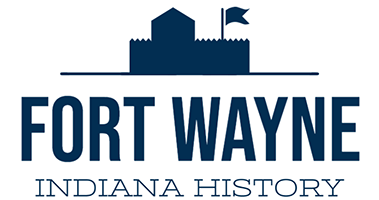
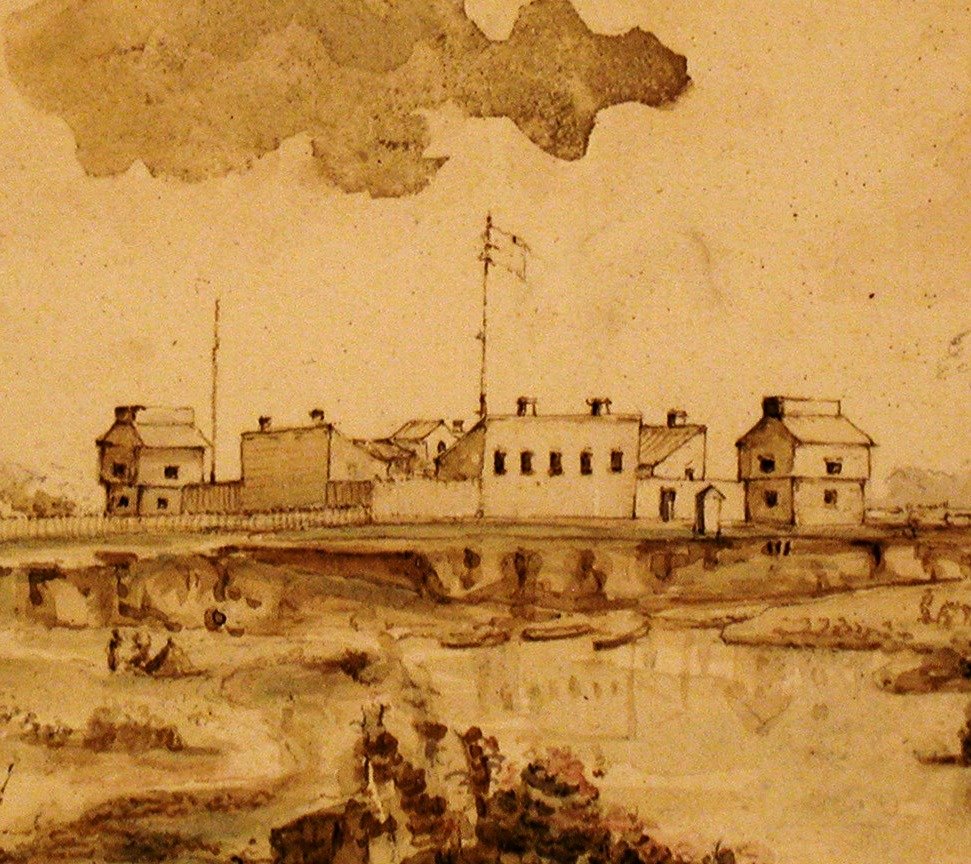
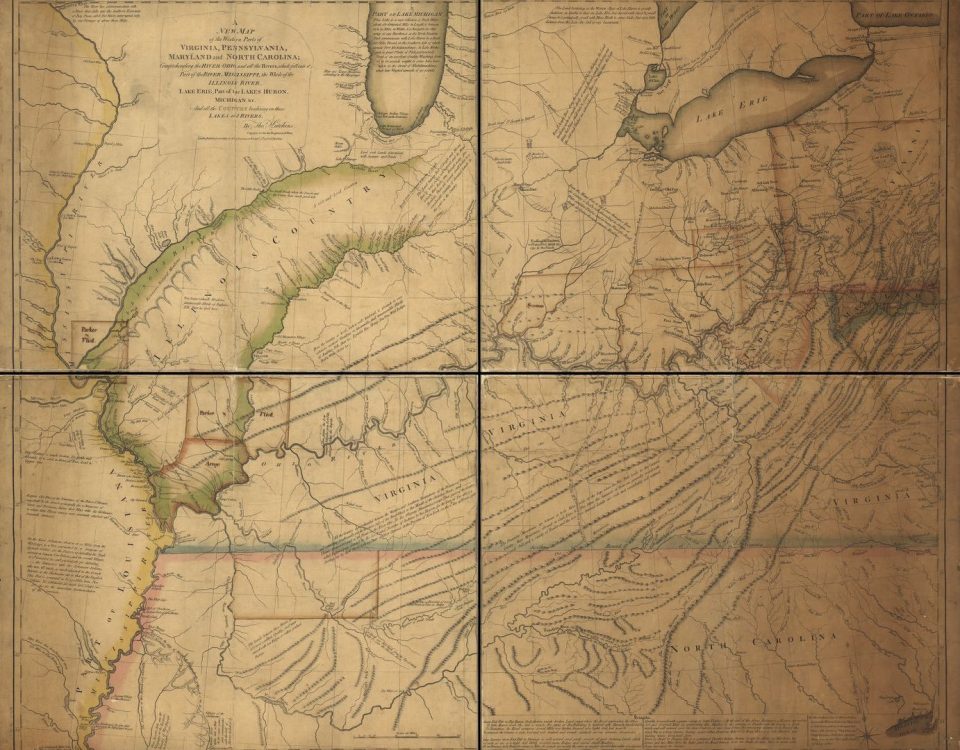
1 Comment
Very interesting